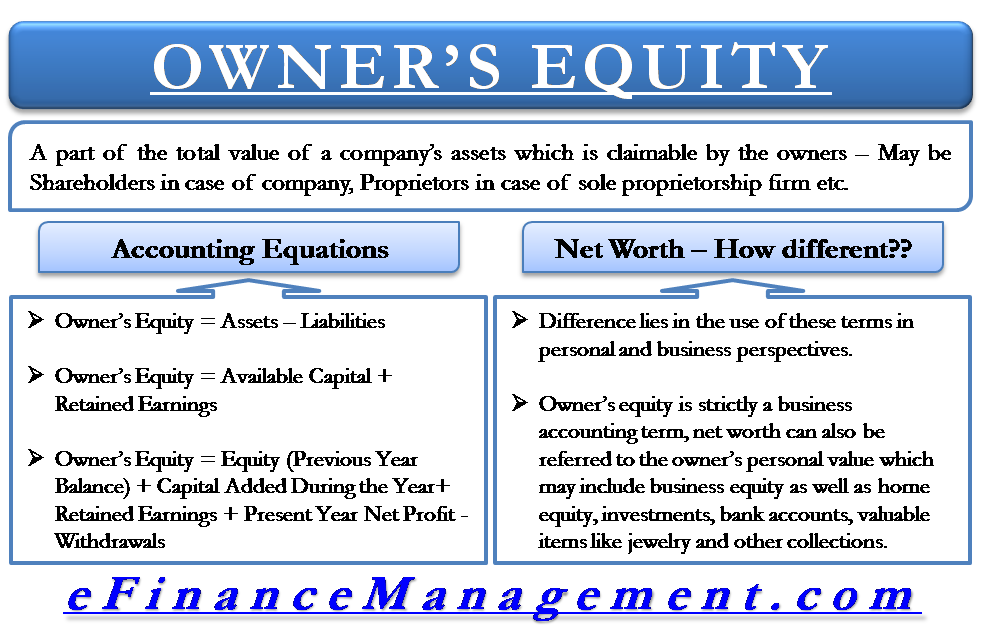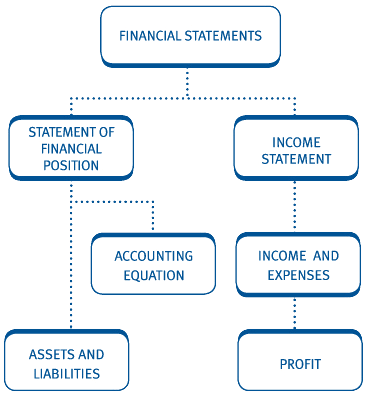Chapter 1: Welcome to the World of Accounting
Chapter 1: Welcome to the World of Accounting
Learning From the Equation
Companies allow their clients to pay at a reasonable, extended period of time, provided that the terms are agreed upon. There are various types of equity, but equity typically refers to shareholders’ equity, which represents the amount of money that would be returned to a company’s shareholders if all of the assets were liquidated and all of the company’s debt was paid off. Assets include cash and cash equivalentsor liquid assets, which may include Treasury bills and certificates of deposit.
Managerial accounting uses much of the same data as financial accounting, but it organizes and utilizes information in different ways. Namely, in managerial accounting, an accountant generates monthly or quarterly reports that a business’s management team can use to make decisions about how the business operates. Managerial accounting also encompasses many other facets of accounting, including budgeting, forecasting, and various financial analysis tools. Essentially, any information that may be useful to management falls underneath this umbrella.
The first accounting book actually was one of five sections in Pacioli’s mathematics book, titled Summa de Arithmetica, Geometria, Proportioni et Proportionalita (Everything About Arithmetic, Geometry and Proportions). This section on accounting served as the world’s only accounting textbook until well into the 16th century. For a company keeping accurate accounts, every single business transaction will be represented in at least of its two accounts. For instance, if a business takes a loan from a financial entity like a bank, the borrowed money will raise the company’s assets and the loan liability will also rise by an equivalent amount. If a business buys raw material by paying cash, it will lead to an increase in the inventory (asset) while reducing cash capital (another asset).
A long-term asset, such as a fixed asset, is expected to be liquidated in more than one year. Depending on the applicable accounting standards, the assets that comprise the total assets category may or may not be recorded at their current market values. In general, international financial reporting standards are more amenable to stating assets at their current market values, while generally accepted accounting principles are less likely to allow such a restatement.
Ragusan economist Benedetto Cotrugli’s 1458[citation needed] treatise Della mercatura e del mercante perfetto contained the earliest known[citation needed] manuscript of a double-entry bookkeeping system. Between the 4th millennium BC and the 3rd millennium BC, the ruling leaders and priests in ancient Iran had people oversee financial matters.
The assets include cash, property, inventory, and anything else owned by the company. Liabilities include accounts payable or any type of payment made on a long-term loan. Although the balance sheet always balances out, the accounting equation doesn’t provide investors as to how well a company is performing. Instead, investors must interpret the numbers and decide for themselves whether the company has too many or too few liabilities, not enough assets or perhaps too many assets, or is financing the company properly to ensure long term growth.
- However, modern accounting as a profession has only been around since the early 19th century.
Below are some examples of transactions and how they affect the accounting equation. Regardless of how the accounting equation is represented, it is important to remember that the equation must always balance. Current assets are all assets that can be reasonably converted to cash within one year. basic accounting equation A general ledger represents the record-keeping system for a company’s financial data with debit and credit account records validated by a trial balance. Double entry is an accounting term stating that every financial transaction has equal and opposite effects in at least two different accounts.
The first ever published treatise about double entry bookkeeping was that of Luca Pacioli in his book titled ” Summa de Arithmetica, Geometria, Proportioni et Proportionalita “. This book became the road map for the development of double entry system of accounting. Current liabilities are financial obligations of a business entity that are due and payable within a year.
The early development of accounting dates back to ancient Mesopotamia, and is closely related to developments in writing, counting and money and early auditing systems by the ancient Egyptians and Babylonians. By the time of the Roman Empire, the government had access to detailed financial information. Value driven performance indicators are used to capture and measure the business value creation process of the business support activities. Pacioli wrote a book that changed everything, well, everything accounting, that is. The balance sheet is another one of the four types of financial statements, and of all the types of financial statements out there, this one seems to be the most ignored.
How Does Financial Accounting Help Decision-Making?

It also reasserts the professional distinctiveness of the 21st-century Accountant by redefining and marking out his strategic essence in the light of the present day expectations. With an end to this evolution far from sight, the paper further reiterates the ACCA-recommended future imperatives of the accountancy profession. With the compendium of issues articulated in this paper, Accountants would be more orientated towards obtaining and maintaining a meaningful distinctive professional and global relevance in the coming days. A potential acquirer will pay particular attention to the various types of assets listed on the balance sheet of a target company. The emphasis will be on judging whether the asset value stated on the balance sheet corresponds to the actual value of an asset, or if there are significant differences.











